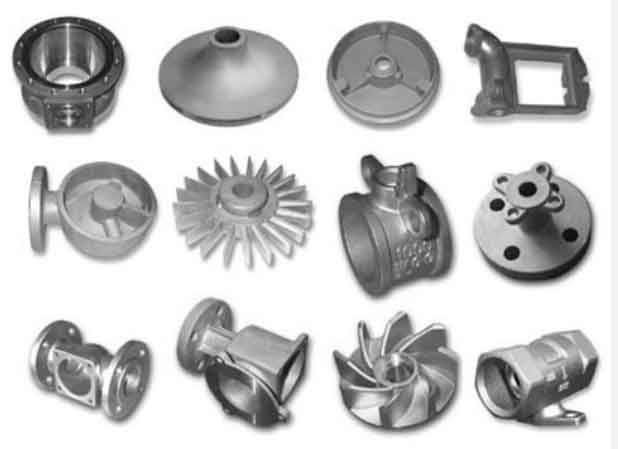When it comes to machining and finishing grey cast iron components, several techniques can be employed to achieve the desired surface finish and dimensional accuracy. Here are some commonly used techniques:

- Turning: Turning is a machining process where a cutting tool is used to remove material from the rotating workpiece. It is effective for achieving precise dimensions and smooth surface finishes on grey cast iron components.
- Milling: Milling involves removing material from the workpiece using rotating cutting tools. It is suitable for shaping grey cast iron components and creating various features such as slots, pockets, and contours.
- Grinding: Grinding is a precision machining process that utilizes abrasive particles to remove material and achieve a smooth surface finish. It is commonly used for finishing operations on grey cast iron components, especially when tight tolerances and fine surface finishes are required.
- Drilling: Drilling is used to create holes in grey cast iron components. It involves rotating a cutting tool and applying axial force to remove material and form the desired hole.
- Boring: Boring is a machining process used to enlarge existing holes or achieve precise internal diameters in grey cast iron components. It involves rotating a single-point cutting tool while moving it linearly along the workpiece.
- Honing: Honing is a process used to achieve high-quality surface finishes and precise dimensions in bores. It involves using abrasive stones or flexible honing tools to remove small amounts of material and create a smooth, precise surface.
- Polishing: Polishing is a finishing technique that involves using abrasives, polishing compounds, or buffing wheels to achieve a high-gloss, smooth surface finish on grey cast iron components.
It is worth noting that grey cast iron can be abrasive to cutting tools due to the presence of graphite flakes. Therefore, using appropriate cutting tools with high wear resistance and selecting appropriate cutting parameters is crucial to ensure efficient machining and prolong tool life. Additionally, coolant or cutting fluid is often used during machining to control heat and remove chips.
Overall, selecting the appropriate machining technique depends on the specific requirements of the grey cast iron component, such as its geometry, surface finish, and dimensional accuracy. It is essential to consider the material properties of grey cast iron and choose the most suitable machining and finishing techniques accordingly.
